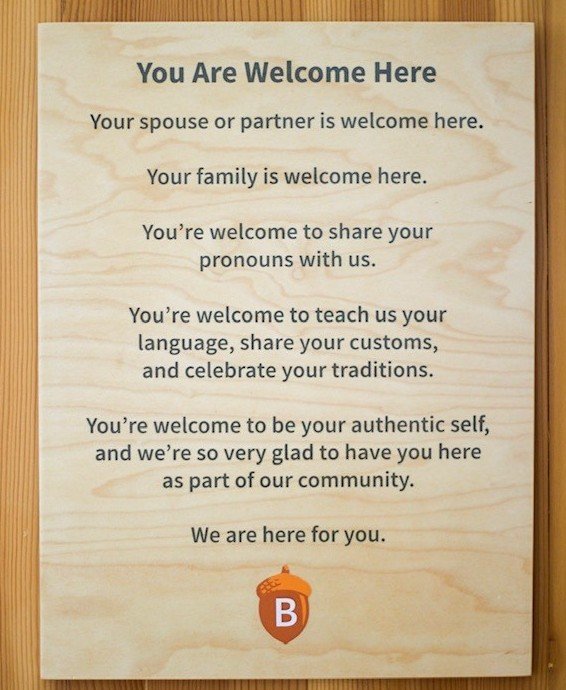Banks’ hiring practices contribute to gender and racial inequality

During a hearing before the House Financial Services Committee, Democratic Representative Al Green asked the CEOs of America’s biggest banks about the likelihood that their successor would be a woman or person of color. Not a single major bank CEO said they believed their successor would likely be a female or person of color. Only a few weeks ago, Goldman Sachs CEO David Solomon shared that the financial company is making a significant push for more diversity in hiring practices. Solomon set new goals to hire 50% women globally, 11% Black and 14% Latino/Hispanic in the Americas, focusing on hiring among senior positions, analysts, and entry-level associates.
It will be interesting to see how Goldman Sachs tracks their diversity in hiring, particularly their rates of hiring women of color (including trans women of color) and nonbinary or genderqueer people of color, not just in entry-level and analyst positions, but in management and director positions as well. Banks should start including nonbinary and genderqueer people in their hiring goals, and they should not group nonbinary/genderqueer people into the same group as women, as is often seen in communications promoting spaces or events for women and nonbinary people. Metrics around hiring women should explicitly include commitments to hire trans women of color, because companies need to be just as intentional about committing to hiring trans women of color as they are when making public commitments to hire Black women, Latina women, etc. Diversity and hiring goals should clearly include metrics for making sure all women are represented in the company’s hiring pool.
Furthermore, financial institutions should remember to ensure they are hiring Indigenous community members and paying those employees fair, equitable wages* (I rarely see Indigenous communities named in corporations’ goals around hiring). Financial institutions also need to develop practices for examining class differences within groups. In America, tech companies sometimes hire recent immigrants from African countries without recognizing the class divide that can (but does not always) exist between Black Americans who are descendants of enslaved Africans, and African American families who recently immigrated to the United States with parents who held professional degrees and white collar jobs in their country of origin.
Developing strategies for diverse hiring at all levels of the company—whether for entry level roles, analysts, managers, or directors—is key for shifting a company’s culture. Diverse hiring for human resources departments is another important component for creating cultural shifts within the workplace. Rapid increases in Wall Street bonuses during the past several decades have contributed to gender and racial inequality—workers at the bottom of the wage scale are predominately female; people of color are disproportionately placed in jobs that pay less than $15 per hour, and the financial industry is overwhelmingly male and white, particularly when it comes to management and executive positions. Hiring people from historically underrepresented groups will help ensure members from those groups are provided employment opportunities that provide financial security and pathways for building wealth. A company that has a racially, gender, and class diverse HR department will be better equipped at ensuring their hiring practices are equitable and their jobs are accessible to historically underrepresented communities—so hiring goals should also include goals around building a more diverse and inclusive HR department.
Financial institutions who effectively increase their diversity and create safe, inclusive work environments will also be better equipped to serve their customers, especially customers in low-income neighborhoods, because their employees and frontline staff will reflect and represent the communities they are supposed to be serving.
*Beneficial State Bank is committed to paying all employees a minimum of 150% of the area’s living wage for a single adult household, as calculated by MIT. If the living wage in an area is below $15 per hour, Beneficial State Bank increases the minimum to at least $15 per hour.
Symone is Beneficial State Foundation’s Digital Engagement Manager based in Oakland, CA.
This blog post reflects the author’s personal views and opinions, and does not represent the views and opinions of Beneficial State Bank and/or Beneficial State Foundation.



